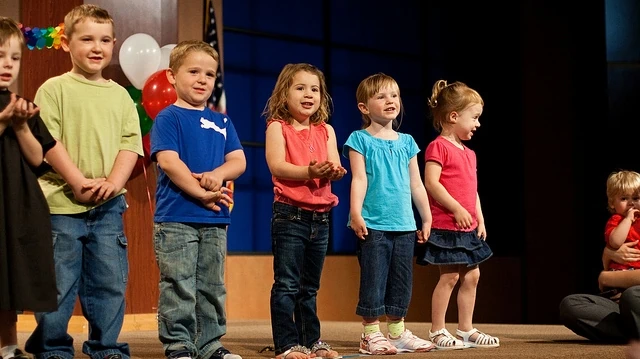
Source: NPR
New research indicates that while funding for preschool development has increased significantly over the last three years, the actual programs implemented are not properly functioning to support ‘high quality’ learning environments for the toddlers.
Through the 18 Preschool Development Grants distributed in 2014 by the Department of Education, over 33,000 children have been served by the $226 million boost in funding for preschools. Researcher Dale Farran, from Vanderbilt University and lead author of one of the largest studies on preschool long-term effects for poor kids, found however that students are not benefitting as much as they could be, and classrooms are not check for quality.
In a recent study, Farran and her research team examined 139 classrooms in Nashville and Memphis to observe teacher conduct on a daily basis. The team found that 25 percent of the day was spent in transition between activities, approximately 20 percent of the day was spent on group instruction (ie — little to no one-on-one time with students), and only three to four percent of the time was spent in gym our play time. In her critique of implementation of preschools programs, published for Brookings Institution, Farran notes that based on previous research, significant choice-based play, small group instruction, and outdoor play are all elements that contribute to a high-quality preschool environment.
A lack of quality check in these learning spaces can easily work against national efforts to boost funding for early childhood education, and might even propel previous findings that by second grade, students who attended pre-k end up doing worse in school than students who don’t attend preschool.
Source: NPR
